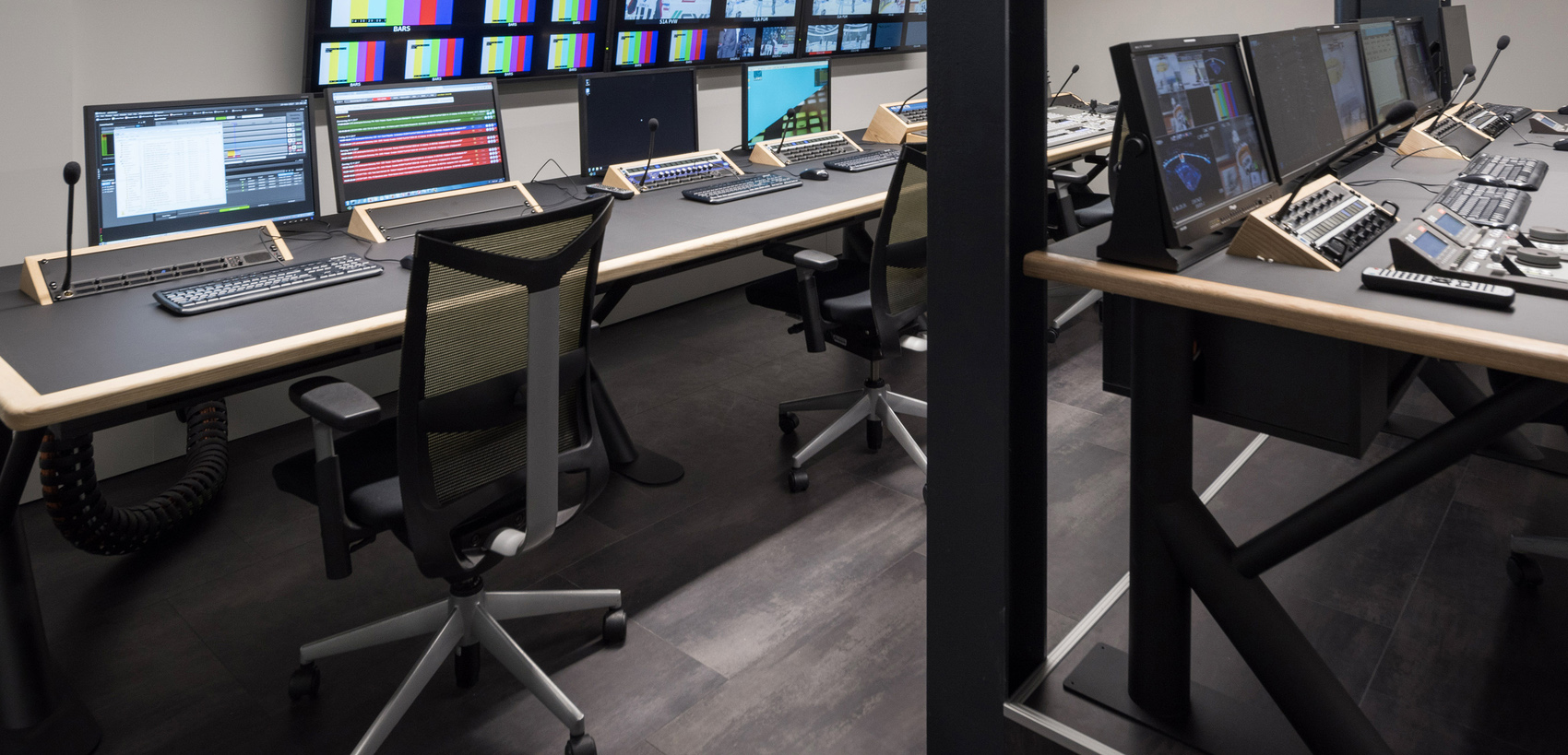Address
304 North Cardinal St.
Dorchester Center, MA 02124
Work Hours
Monday to Friday: 7AM - 7PM
Weekend: 10AM - 5PM
Address
304 North Cardinal St.
Dorchester Center, MA 02124
Work Hours
Monday to Friday: 7AM - 7PM
Weekend: 10AM - 5PM

Technological furniture refers to specialized furniture used in industrial and professional environments, designed specifically for housing and operating various technical devices, control systems, and digital technologies. Its purpose is to securely, stably, and ergonomically accommodate technological equipment, while providing operators with comfortable access to the devices. In addition, it enables the organized routing of cables and wires, contributing to the cleanliness and order of the workspace and improving operational efficiency.
The development of technological furniture emphasizes not only functionality but also ergonomic aspects, helping to protect users’ health and productivity in the long term. During ergonomic design, special attention is given to the physical attributes of the operators, their work movements, and hand-use patterns. Work surfaces and layouts are created to reduce physical strain, minimize fatigue, and support extended concentration.
Main application areas:
Beyond functionality, the appearance and design of technological furniture is also important. Our company employs industrial designers whose goal is to create “industrial beauty.” Based on client needs and the above principles, the technological furniture is already fully functional, but if required, our designers will “dress” the interior. This way, the furniture becomes ergonomic, purpose-fit, and visually appealing. A good working environment is built on eye-catching, tasteful technological furniture.
The ergonomics of technological furniture are governed by several international and national standards, guidelines, and recommendations, aimed at protecting users’ health and ensuring comfortable, efficient work.